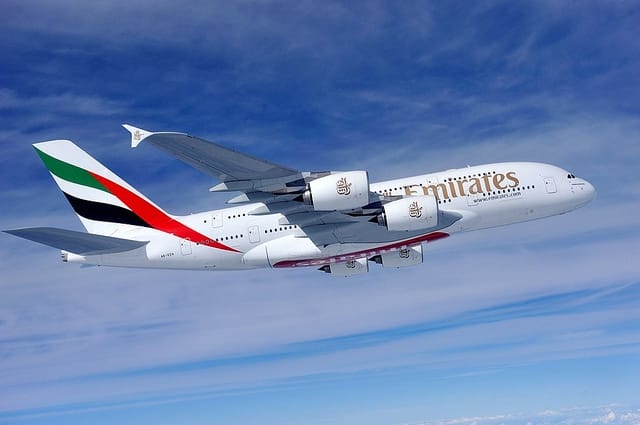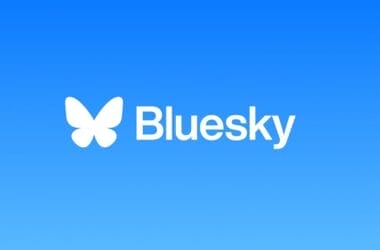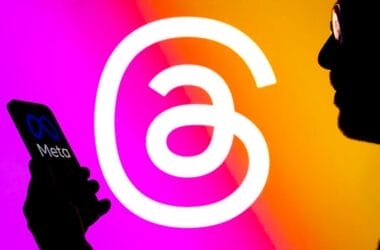The first iPhone was released on 29 June 2007. In fact, there were phones with internet capabilities and touchscreen interfaces before the iPhone, such as the LG Prada which was released about a month before the iPhone, or even BellSouth’s Simon Personal Communicator, made commercially available in 1994. BellSouth’s trailblazing anomaly and a few others aside, it’s safe to say that smartphones have been in the global mainstream for just a few weeks over a decade. Initially seen as something of a frivolity at worst and luxury item par excellence at best, ten years later, it’s difficult to imagine both our personal and professional lives without them.
Whenever new technologies are brought into the market it tends to take some time before their full potential is reached by users. Even something like the printing press—perhaps the most influential invention of the last thousand years, high on the list with the likes of the internet, the wheel, or vaccinations—took a few decades before it was widespread and commonplace. And as with the internet, it had its detractors, including one Italian monk who declared the age of good writing dead now that anyone could publish a book. When the potential of the printing press was fully realised, Bibles were printed in local locations, which contributed to Europe’s religious wars in the 1600s.

As yet the smartphone has been mercifully devoid of any bloodletting, but its usage in popular culture has evolved over the last decade. One of the biggest changes we’ve seen is the development and proliferation of the app. It’s one of the defining features of a smartphone, enabling us to access and consume the internet without having to use a keyboard or mouse, among other things.
Nowadays, a company can hardly be said to have an online presence without having a dedicated app. With nearly three million apps available on Google Play at the moment and a slightly lower 2.2m in the Apple App Store, the challenge for companies is getting potential downloaders to take note of the app on offer.
One of the most effective ways to get a product or service noticed is through word of mouth, as most people are more willing to trust the recommendation of a friend or family member than an ad campaign. And with how commonplace social media has become, it has turned into an indispensable tool for companies, artists and performers, and politicians. One of the most successful social media marketing campaigns of late was Emirates.
Trying to get a larger market share of the American airline industry for a Middle Eastern company was never going to be easy. A free upgrade to first class of YouTuber Casey Neistat, who has more than 6m subscribers, helped the company’s profile and downloads of their app skyrocketed.

With so many airlines offering flights round the world, it can be a challenge to stand out. The same is true for more niche markets and industries as well. Although unable to offer customers transatlantic upgrades to first class worth $21,000, in the competitive world of mobile bingo, companies entice players with a variety of games and special offers. Streamlining the process of comparing offers for customers, as is the case on bestnewbingosites.co.uk, utilizes convenience in order to attract downloaders and potential customers. But taking a close look at the different mobile bingo offerings confirms that apps, maybe more so than any other product, need a strong USP to stand out from the competition.
For some companies however, the secret of success is simply having a unique product or one that is nonpareil in its industry. Michal Stencl was something of a child prodigy, as evidenced by the fact that at 13, he wrote an operating system. That system later went on to be incorporated into his GPS software developer Sygic. Sygic provides navigational systems for cars and mobile phones. The company was the first to provide navigation service for Apple’s iPhone and the second for Google Android. In 2015, Sygic reached more than 100m downloads.

While that number of 100m downloads might be more fantasy than a goal for most apps, it is testament to the fact that offering a unique service or product that’s truly innovative is one of the best ways to grow one’s company. Through clever use of social media and marketing or by offering comparison services are other strategies that have proved themselves useful time and time again. If there is any lesson that can be learned from history however, it is surely that even with the speed of technological development in the modern world it often takes time for a technology to land and usually needs to be tweaked before it goes viral.
As an Amazon Associate, TechCity may earn a small commission if you shop these products.
















